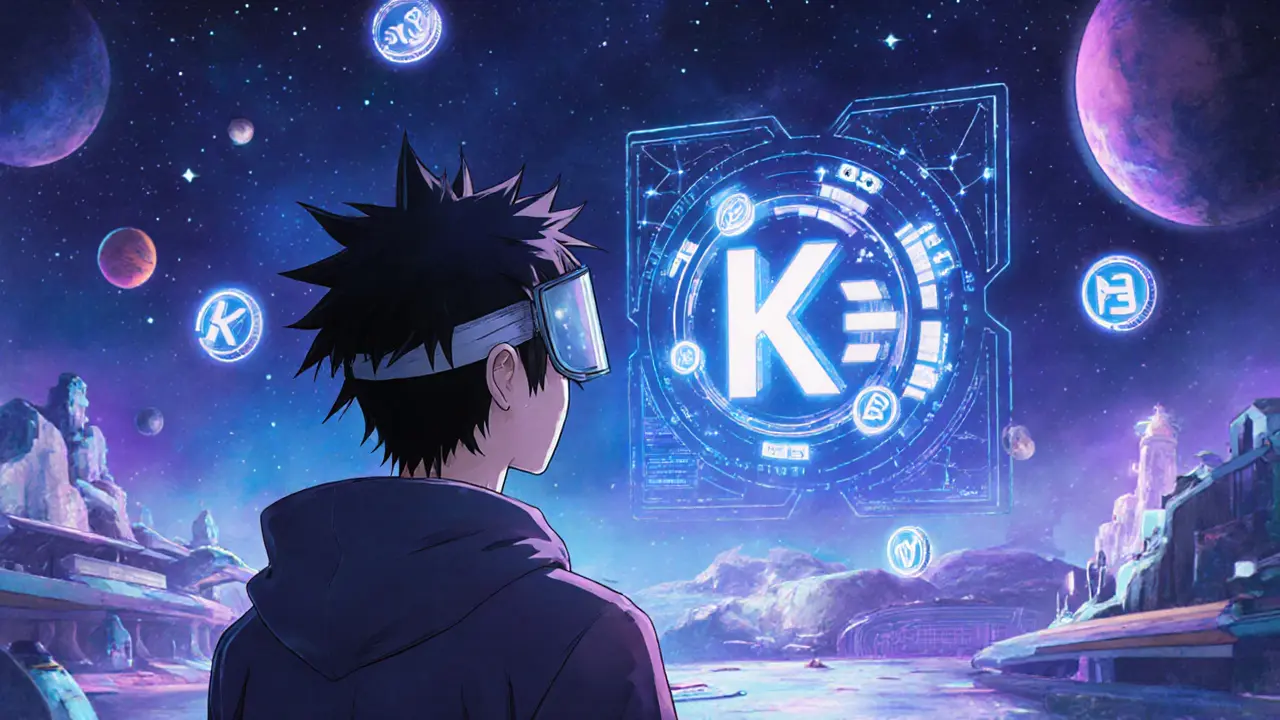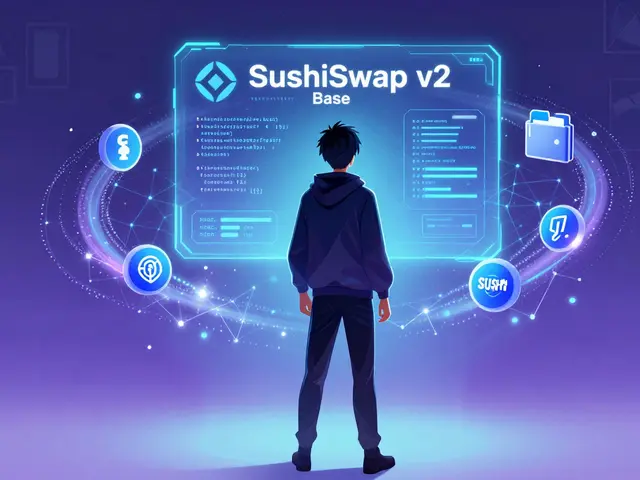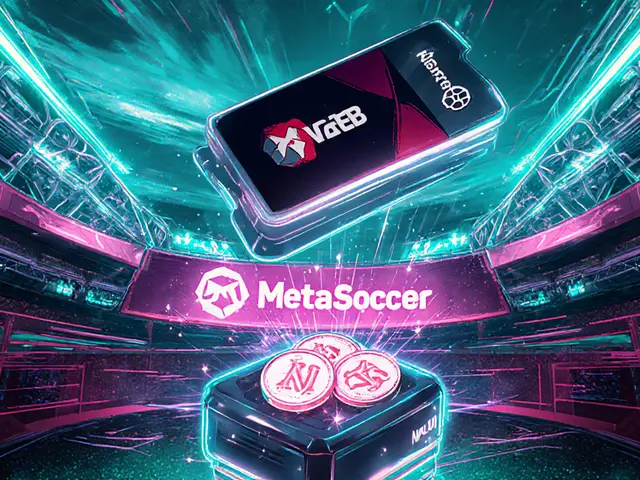KUJI Token: Your Guide to Staking, DeFi and the Kujira Ecosystem
When working with KUJI token, the native utility token of the Kujira protocol that enables stablecoin minting and various DeFi services. Also known as KUJI, it drives governance, rewards, and liquidity across the platform. The Kujira DAO, a decentralized autonomous organization that oversees protocol upgrades and fund allocation relies on KUJI to vote on proposals. Users can also engage in staking, locking KUJI to earn yield and support network security, while liquidity mining, providing KUJI to liquidity pools on the Terra blockchain for additional rewards. These core activities create a feedback loop: KUJI fuels the DAO, DAO decisions improve staking incentives, and staking boosts liquidity mining returns.
In practice, holding KUJI token means you can participate in three main flows. First, the DAO lets token holders propose and vote on changes, shaping the future of the protocol. Second, staking converts idle tokens into a steady income stream, typically ranging from 5% to 12% APR depending on network conditions. Third, liquidity mining on Terra’s Terra ecosystem, a fast, low‑fee blockchain where many stablecoin pairs reside offers bonus rewards for supplying KUJI to pools that support stablecoins like UST or aUST. Each flow reinforces the others, which is why many users treat KUJI as a multi‑purpose asset rather than a single‑function token.
Why KUJI Matters for DeFi Users
DeFi developers embed KUJI into lending platforms, yield aggregators, and synthetic asset issuers because the token’s price stability mechanisms help keep collateral ratios healthy. For example, a lending protocol might require borrowers to lock KUJI alongside other assets, using its predictable mint‑and‑burn behavior to manage risk. Meanwhile, yield aggregators automatically move staked KUJI between the highest‑yielding pools, optimizing returns without users needing to rebalance manually. These integrations show that KUJI isn’t just a governance token—it’s a functional building block that enhances liquidity and reduces volatility in complex financial products.
Security is another angle that ties the entities together. The Kujira DAO conducts regular audits of staking contracts and liquidity mining incentives, ensuring that any bugs are fixed before they can affect users. By participating in staking, you indirectly fund these audits, creating a community‑driven safety net. This relationship illustrates a semantic triple: "KUJI token requires DAO oversight to maintain security," and "DAO oversight enables safer staking and liquidity mining." The result is a more resilient ecosystem that rewards participants while protecting their assets.
Below you’ll find a curated collection of articles that dive deeper into each of these topics. Whether you’re looking for step‑by‑step staking guides, detailed breakdowns of liquidity mining on Terra, or strategic insights into DAO voting, the posts ahead cover the full spectrum. Use them to sharpen your understanding, boost your earnings, and stay ahead in the fast‑moving world of crypto finance.
A concise, unbiased review of Kujira Fin crypto exchange covering token economics, liquidity, security, real‑yield features, and how it compares to other Cosmos DEXs.
Read More





